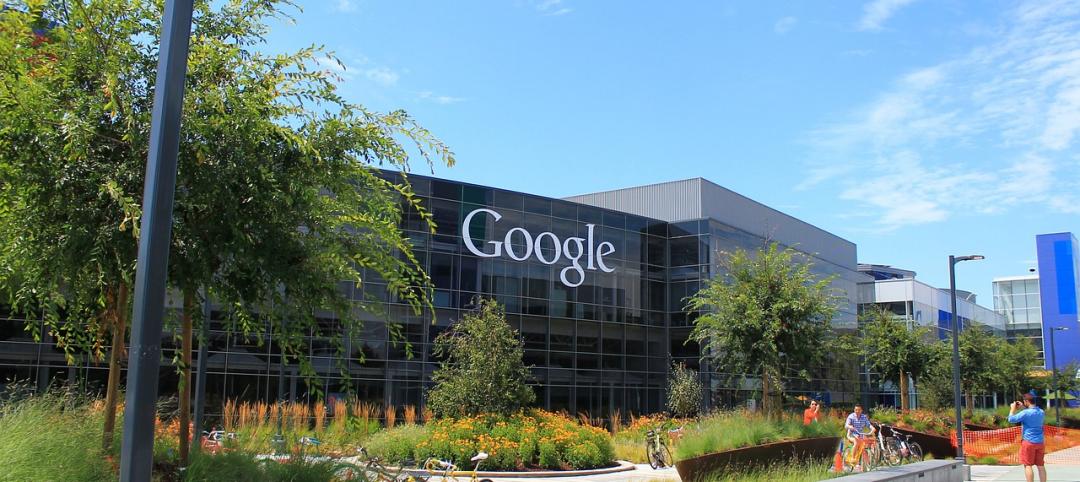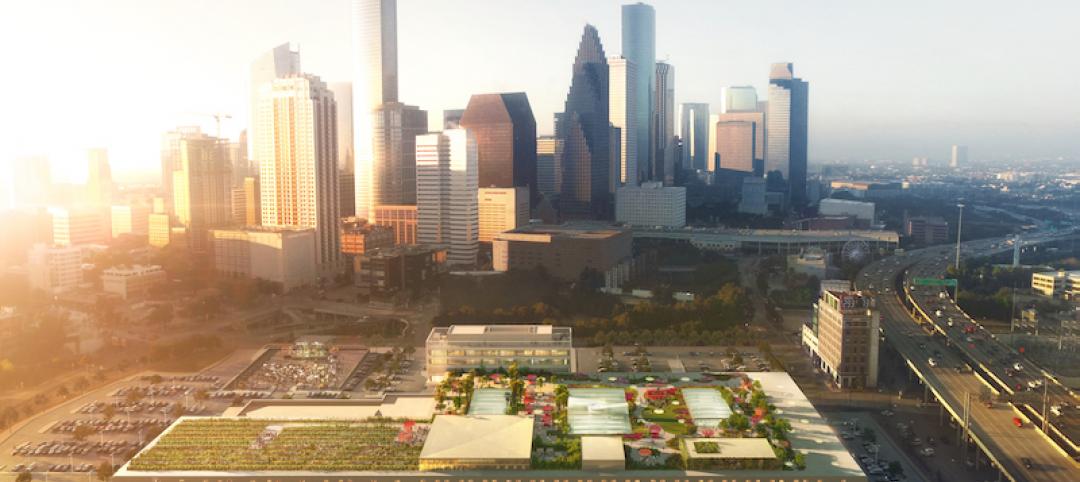Construction in China continues to boom at a rapid pace, even without 3D printers that can print a skyscraper in just 19 days.
Developers and local governments in China are known for building master planned developments from scratch, but as Forbes contributor Kenneth Rapoza points out, many of them today are still ghost towns.
“From shopping malls to soccer stadiums, hundreds of new cities in China are largely empty. And yet more cities are still being built deep in the heart of the country,” Rapoza writes.
The city of Ordos, in China’s province of Inner Mongolia, is an example of such city. It made headlines in Western media after journalist Wade Shepard featured the city in his book, “Ghost Cities of China.”
Time magazine published a web slideshow of Kangbashi District in Ordos, with photography by Michael Christopher Brown. It shows swaths of subdivisions, mid-rise apartments, and commercial complexes built to entertain and accommodate a population the size of San Diego, but remains nearly empty.
Yet under-occupancy doesn’t seem to deter development. Last week, renderings started to circulate online of a walkable, terrace-shaped exhibition hall that Chinese practice Kuanlu Architects designed for Otog, also in Ordos.
“China’s continued urbanization push can be viewed as a full-on effort to develop an insulated economy that’s based on domestic production delivering goods and services to domestic consumers,” Rapoza writes, adding that it is a result of economic crises in the U.S. and E.U. taking a toll on China’s economy.
Related Stories
Mixed-Use | Jul 25, 2019
5 ways to activate ‘dead space’ in mixed-use developments
By energizing the areas in between tenant spaces, design and real estate teams can drive more traffic—and revenue—for tenants.
Mixed-Use | Jul 24, 2019
Three-building development to rise on vacant parcel in Chicago suburb Arlington Heights
Tinaglia Architects designed the project.
Mixed-Use | Jul 23, 2019
Shanghai’s T20 stacks office and community space atop a plant-filled parking garage
Jacques Ferrier Architecture and Sensual City Studio designed the building.
Mixed-Use | Jul 19, 2019
Lendlease and Google to develop mixed-use neighborhoods in San Francisco Bay
The residential, retail, hospitality, and other civic components have an estimated development value of $15 billion.
Mixed-Use | Jul 18, 2019
POST Houston mixed-use development will include a five-acre “skylawn”
OMA is designing the project.
Mixed-Use | Jul 2, 2019
Brooklyn’s Flatbush Caton Market redevelopment will preserve the Caribbean community amidst gentrification
Freeform + Deform designed the building with Magnusson Architecture + Planning as the Architect of Record.
Mixed-Use | Jun 20, 2019
SOM-designed mixed-use tower opens in Sydney
The building is located in Sydney’s Central Business District.
Mixed-Use | Jun 13, 2019
Site of former Motorola headquarters will become a mixed-use district
UrbanStreet Group and Antunovich Associates are developing the master plan for the project.
Mixed-Use | Jun 3, 2019
12-story mixed-use development opens in Washington, D.C.
Cooper Carry designed the project.
Mixed-Use | May 28, 2019
Broward County Convention Center expansion to include Headquarters Hotel
Omni Hotels & Resorts will manage the County-owned hotel.

















